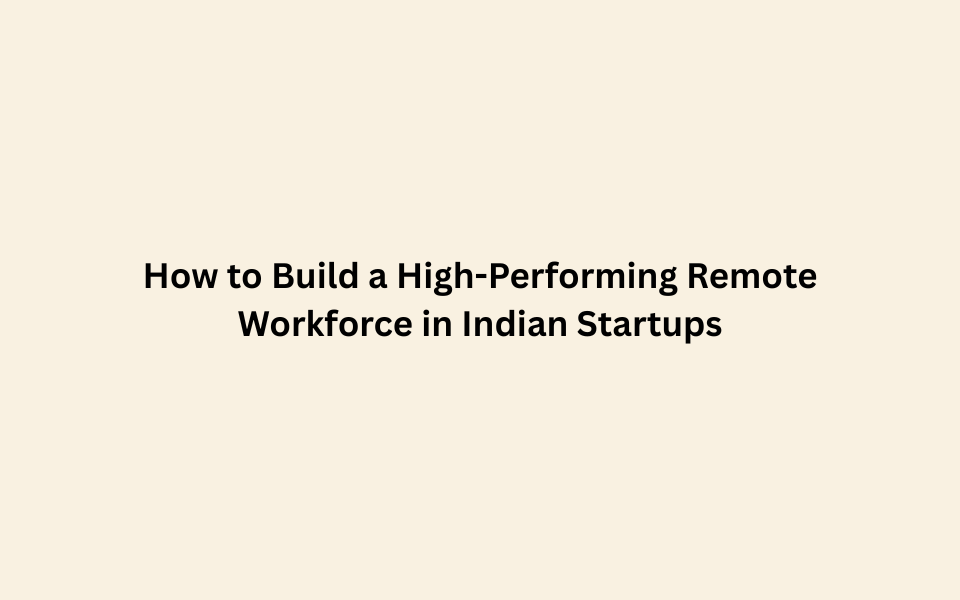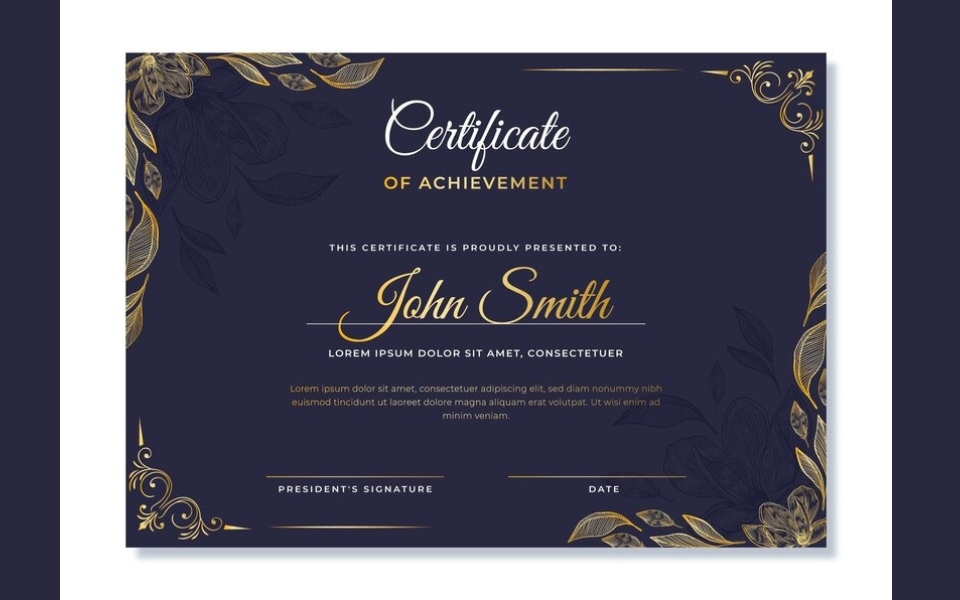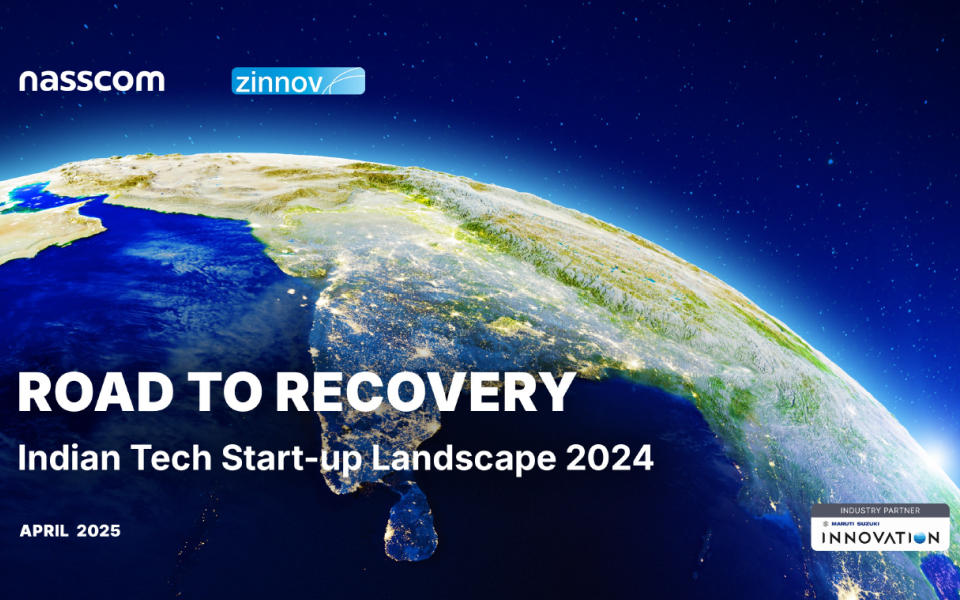Deducting user pain points and finding a solution through a mobile application is a truly commendable effort. But what often happens to startups with just good intentions is an abrupt stop along their tracks due to a lack of understanding of their market.
Just as we search and compare products in a grocery store, so do customers search for solutions on the internet. When you may have indeed found an offering that could solve user problems, it’s important to check if there is a need and a favourable chunk of users who may adopt your product or service.
Market research thus becomes an integral part of mobile app development for startups and is perhaps the first thing you should consider after you land a valid idea to pursue.
Key takeaways
- Mobile app market research requires primary and secondary research to gather useful data from customers, both in-person and online.
- Research strategies include target audience research, competitor analysis, SWOT tests, business plan development, and creating an elevator pitch.
- Primary research costs much more than secondary research but gathers more quantifiable data than social media enquiries.
- Your elevator pitch should be understandable and concise to have maximum impact on listeners.
Table of Contents
- The importance of proper market research
- Kinds of market research
- Strategies for conducting market research
- Conclusion
- Bonus FAQs
The importance of proper market research
The market for products keeps changing every day. Often, great products just find their market at the right time with the right pricing to get maximum adoption. Microsoft’s Zune and Apple’s Next computer were all great products in their own right but failed miserably to impress customers.
- There is only limited scope for startups to take risks when they are on a tight budget. Every decision they make should be strictly guided by solid research-backed data. Thus, market research is not a one-time event, but a continuous process for startups to optimize their offering and profitability.
- New applications flood the market daily, so it’s important to be ahead of the curve by positioning your offering for maximum acceptability. It also goes without saying that much of the market research will include thorough and extensive competitor analysis.
- Proper market research actually brings out the aspects of the mobile application that customers need at the moment and the features that can be pursued in the future. Market research also gets you crucial UX inputs to separate yourself from competitors.
Kinds of market research
There are two kinds of research you could do to validate your app idea. Broadly classified under primary and secondary research, these differ mainly in the time spent and the nature of insights you get after conducting them.
Primary research
This is the most present form of research you could do, visiting real customers, taking interviews, surveys, forum discussions, questionnaires, and surveys. This form of data gathering gives you the most amount of valid information within the least amount of time.
Understanding how users interact with similar products is essential when it comes to perfecting yours. So it’s invaluable to get key insights straight from the people you are selling to. By the end of your primary research, you ‘explore’ customer pain points and ‘specify’ a unique challenge to double down on.
Secondary research
Finding out already researched data from external sources come under the broad blanket of secondary research. Much of what you find on the web is essentially secondary research. Every statistic you find, estimates you come across in articles, and so on are all examples of secondary research.
Mobile app market research often entails gathering a lot of information in terms of secondary research to get an estimate of the bigger picture. But conclusive evidence to validate your app idea is often brought through primary research.
Strategies for conducting market research for mobile app feasibility
Proper market research requires a side-by-side approach to some of the common practices to finalize the app idea. Since startups often find themselves with a highly reduced budget to work around, it’s best to combine the best of all strategies to quickly reach app validation.
Here are some of the best practices you could follow to lose less time on research and start building your app with conviction.
Defining your target audience
Understanding who you are selling to is the first step in market research. What’s important here is to break your assumptions about your initial hypothesis about your ideal customer. Customer demographics can also help you understand the general kind of audience your app might cater to and the features you may add to retain them for longer.
In addition to demographics, you must also look at personal characteristics and routines that your users generally follow to learn more about the feasibility of your mobile application.
Conducting competitor analysis
Every new app idea feels like a pursuable one and there’s nothing wrong with it too. Ideas come from inspiration and a better understanding of a user's pain point. But it’s also important to find out what your competitors are working on to get a clear picture of your market.
Always examine what’s working for your competitors and what isn’t. If your idea can plug a long-standing gap in the market, great. But know that if that’s something your competition can easily catch up with, it’s better to ensure that your offering is much more differentiated from what others are providing.
Google trends is an excellent way to validate your ideas. It shows how often people have searched for a particular keyword and phrase associated with your product or service. Getting to know what people are really looking for is also a great way to think of ways to better your app idea.
SWOT analysis
One of the most common ways to validate your app idea is to conduct a SWOT analysis. Investors love it, and startup owners live by it. SWOT stands for Strengths, weaknesses, opportunities, and threats.
By doing a SWOT analysis, you’ll clearly list out the key things that you think would take the app idea to a successful product, the things you need to correct or find ways to better at, any innovative steps you could pursue, and finally the dangers you see in the way of developing the app.
There are so many ways that you could analyze your app’s viability, but so far, SWOT analysis is the most straightforward way to visualize the state of your app-building strategy.
Creating an elevator pitch
Often, the passion for a new idea is not fully conveyed when we first explain the app idea to someone. This is why it’s important to prepare a clear pitch that could help others visualize your idea quickly and completely.
Considering the reduced attention span of most people, it’s worth more to invest time in perfecting your pitch first, as this will be your opening line for most investor meetings. By creating an elevator pitch, you become more comfortable conveying the idea to potential customers and get the support to develop your app.
This precise statement can be shared everywhere to get maximum attention to your app idea. Especially on your website and social media handles where people could connect more with your idea and communicate with you about the benefits and the potential need for the product.
Building a proper business plan
Every app idea is connected to a valid business plan that could help the idea grow and reach more customers with time. The goal of the business plan is thus to incorporate its sales, revenues, upgrades, and profitability together.
The app you envision must have a revenue model, and understanding its lifetime value could help you know the level of profitability you stand to gain and the reach it could get on a global scale.
Conclusion
Mobile app market research is not something new. Every idea requires a litmus test to fulfil its viability in the market. Thus, conducting market research should be a constant practice in the product development industry and should be considered one of the main sources of inspiration for feature additions, further opportunities, or even pivoting to another market.
We spend a lot of time perfecting and formulating better ways to research app ideas for our clients. Since market research requires cross-industry knowledge to spot opportunities that could work in another industry, we’ve been fortunate to develop MVPs into scalable mobile apps and beyond for multiple customers.

























